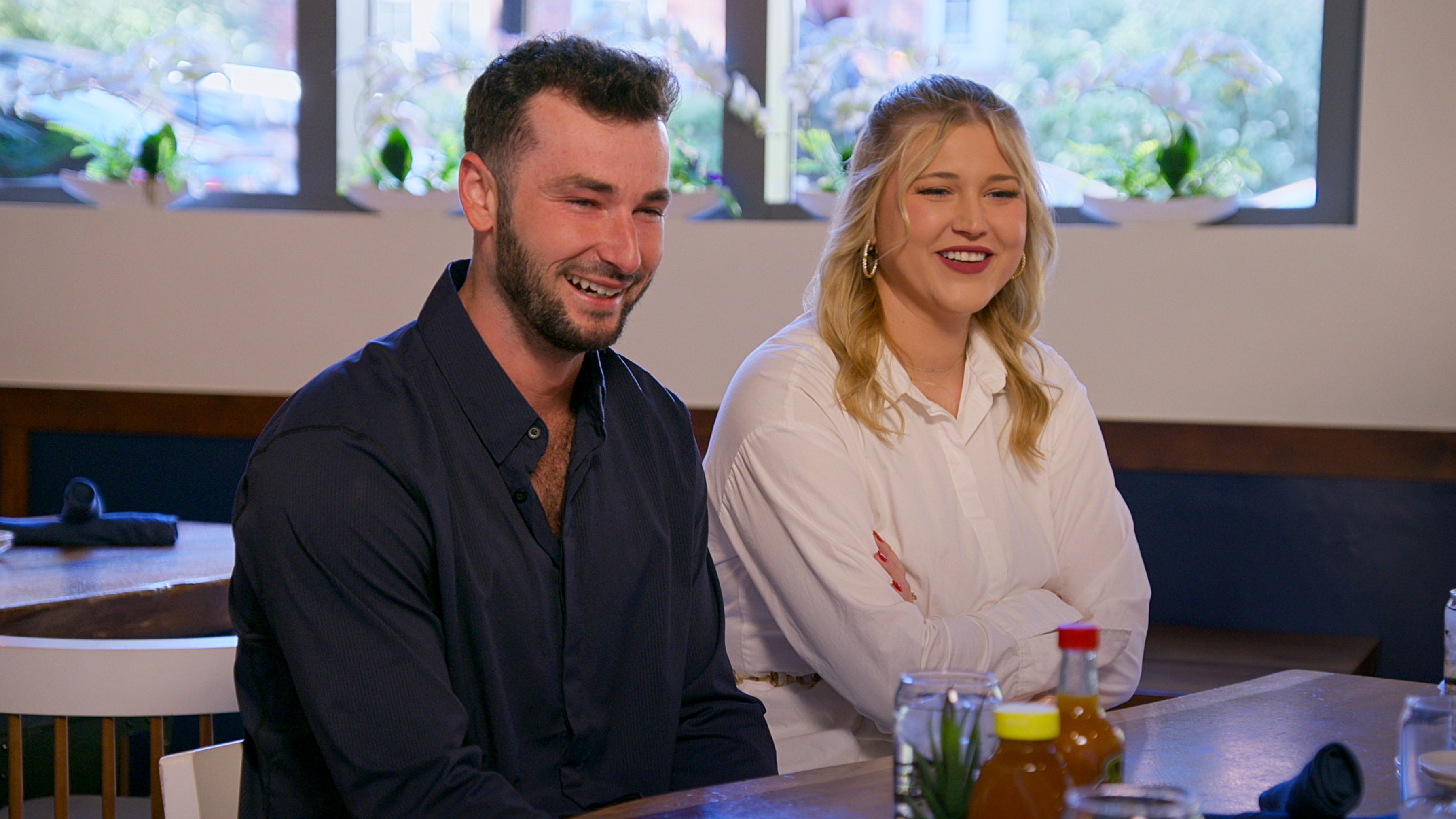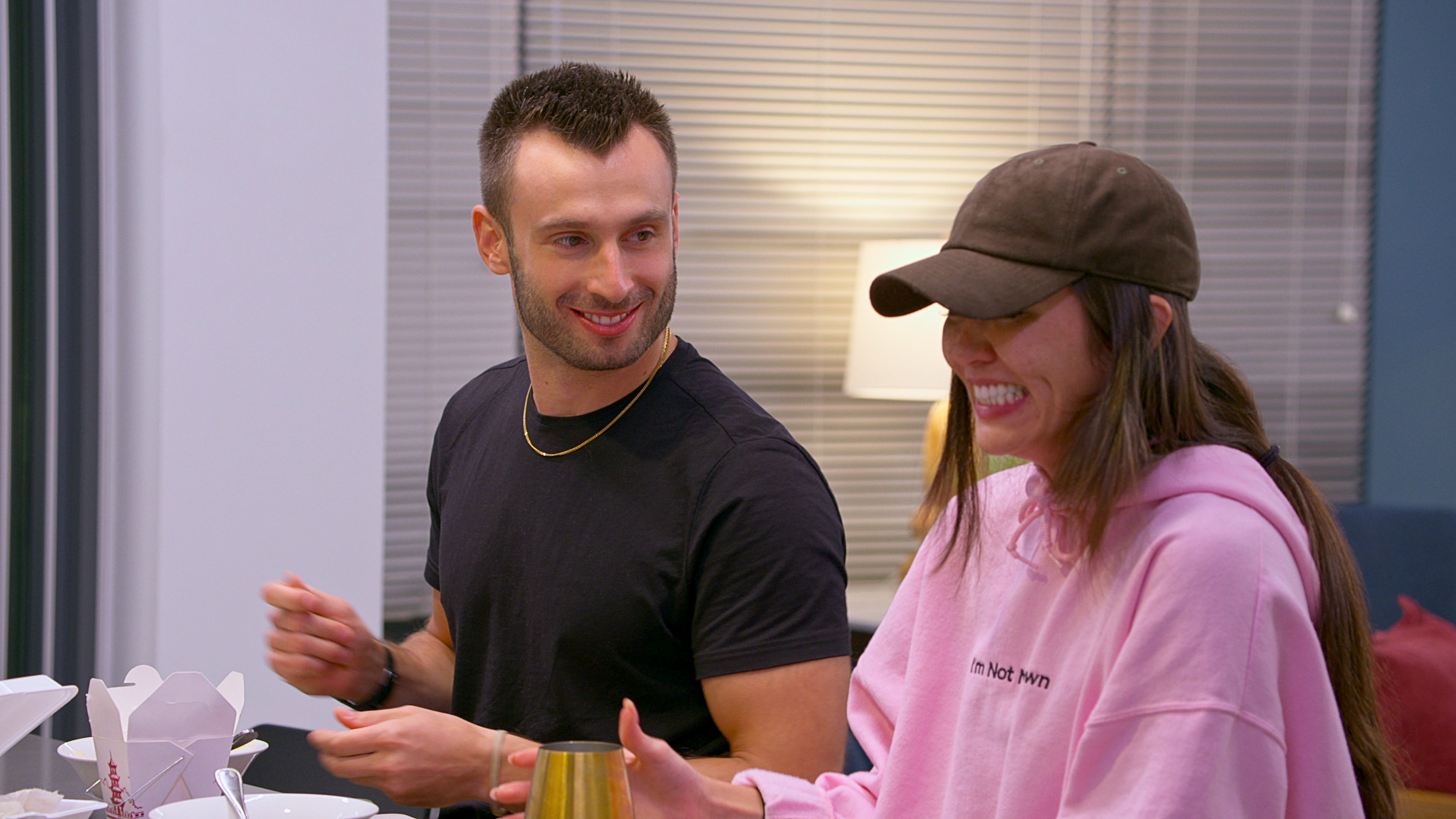Love Is Blind – except when it isn’t. How Netflix’s dating hit became all about looks
The hit Netflix series has set out to answer the question: ‘Is love really blind?’ Amber Raiken writes about how the reality dating show has lost its plot


Netflix’sLove Is Blind creates an unconventional love story for singles in an effort to prove one hotly contested theory to millions of viewers. The social experiment sets out to discover if love is truly blind by testing relationships formed on-screen with a series of real-life challenges, such as romantic getaways, living together, and meeting the family – all leading up to their wedding day.
The reality dating series, which first premiered on the streaming platform in 2020, tasks contestants with finding their future spouses through only emotional connection, formed in what’s known as “pods” – small, windowless rooms divided by a wall, where contestants are encouraged to fall in love without the influence of physical appearances.
Despite the Netflix show lasting a whopping seven seasons, it seems that Love Is Blind has continually proven its own theory wrong – especially this season. In the first episode of season seven, which features contestants from Washington, DC, 29-year-old real estate agent Nick Dorka didn’t shy away from describing his physical appearance.
“I’m a little bit better looking than Travis [Kelce],” Dorka, who played football in college, told his soon-to-be fiancée Hannah Jiles. However, they broke up later in the season, one week before their wedding. In fact, seven couples were engaged this season, but five of them broke up before their wedding day.
For viewers like me, and the millions of others who tuned into Love Is Blind’s seventh season, the only physical traits Dorka and Kelce have in common are being white guys with brown, scruffy beards.
In the pods, the real estate agent even identified another supposed celeb doppelgänger, after Jiles revealed her crush on Superman pin-up Henry Cavill. “I kind of look like him. Like a less buff version of him,” Dorka said.

As longtime fans are well aware, when Love Is Blind contestants compare themselves to celebrities in the pods, it usually doesn’t end well. Last year, season six cast member Chelsea Blackwell was hit with immense scrutiny after she told her now ex-fiancé, Jimmy Presnell, that she’s been compared to Megan Fox.
To no one’s surprise, season seven star Jiles shared her honest thoughts about her then-fiancé’s appearance – and his inaccurate physical description – after they met in person. “In the pods, he described himself as a football player. Like bigger, medium build, 5’11. And what he said, I don’t think is really truthful,” she explained during a confessional. “It is making me feel a little insecure because I feel like I’m bigger than him.”
Although Jiles expressed that she didn’t have an issue with dating someone shorter than her for the first time, as it’s part of the experiment, Dorka wasn’t what she expected. But if he had never mentioned those celebrity comparisons in the first place, Jiles wouldn’t have created a certain perception of him before they met.
Not that Jiles was exactly a role model for how to date in the pods. During her blind date with fellow contestant Leo Baudy, before she got engaged to Dorka, Jiles shared how she lost weight that she gained during the pandemic. “I was never, like, fat. I mean, fat is so subjective right?” she said. “And then last year I lost 45 pounds. So weight is still a sensitive topic to me.”
By using fatphobic language and specificity with numbers, Jiles assigned importance to her weight loss regarding how she looks. As a result of sharing the news about her weight, she created the idea that she’d physically transformed, almost in an attractive way. Of course, her weight loss experience may have been important to her – but did that need to be a conversation, especially at a time when physical appearances aren’t supposed to be the focus?

Jiles didn’t necessarily see it that way, as she’s now fiercely defended her decision to address the topic in the pods. “Talking about it, I don’t think, disclosed how I look because they don’t know if I’m 300 pounds and I lost that weight or if I’m 120 and I lost the weight,” she told Us Weekly in an interview published on October 3, after the season’s first six episodes aired on Netflix.
Some contestants respected the purpose of the show, keeping details about their physical appearances to themselves in the pods. On one of their dates, Taylor Krause told now-fiancé Garrett Josemans why she wouldn’t share her mother’s first name. “It gives away part of how I look,” she explained. “Like my ethnicity.” In response, Josemans was taken aback, saying the thought of her ethnicity “never crossed” his mind.
“You are very calculated about what you say, and while I love that about you, it’s also like, ‘What’s she hiding?’” Josemans told Krause, who’s Chinese-American. She then confessed that while this was “good feedback” to get from him, it was “hard” for her to hear.
Josemans was quick to associate Krause’s self-awareness with being secretive – which are two different things. By choosing not to disclose the fact that she’s Chinese during these blind dates, it shows that she’s trusting the experiment. She wanted Josemans to fall in love with her just for who she is, since our ethnicities are a defining factor for how we look. Yet, the moment may have even been more revealing of Josemans, who openly says in response that he’s only ever dated white women and seemed briefly flustered by the news that he’d been flirting with a woman of color.
While Krause tried to respect the social experiment’s rules and not reveal her mother’s name, even by having to acknowledge that her name would reveal something, she still shared something about her appearance – that she’s not white. A similar argument can be made about Jiles’ weight comments and Dorka’s celebrity comparisons, which all resulted in interpretations about what they could look like.
When reality stars talk about their looks in the pods, it shows they’re used to a dating landscape that is focused on first appearances. The opening line of “you’re cute” also happens on dating apps, with users simply liking their matches because they look good in their photos.
Despite being placed in a setting where you literally can’t see the person you’re dating, looks still dominate the conversation on Love Is Blind – proving repeatedly that even after seven seasons, no one thinks love is really that blind.
Join our commenting forum
Join thought-provoking conversations, follow other Independent readers and see their replies
Comments
Bookmark popover
Removed from bookmarks